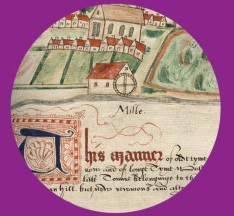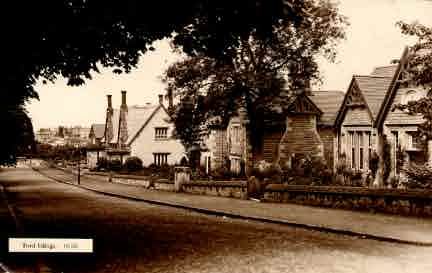We have covered a little about how law and order was kept by the manorial system when we looked at customs in a previous blog, but what about crimes that broke laws, not just customs? The manorial court or court Leet met around twice a year and dealt with minor boundary issues and scuffles. Most manor courts, though not usually recording such punishments, seem to have kept stocks, pillories and tumbrels for punishing those guilty of smaller crimes. Stocks trapped the prisoner around the ankles, while a pillory held them around the neck and wrists. In both the prisoner would be further subjected to abuse and refuse thrown from the crowd. The tumbrel was a two-wheeled manure cart, which would be used to transport the prisoner and perhaps tip them into a pond – the practice often referred to as ‘ducking’. Tuggal Manor was fined 1 shilling 8 pence in 1683 for not keeping a pair of stocks. Presumably they would have been a common sight as you travelled around the country, and some towns like Berwick still have theirs on display.

However in the twelfth and thirteenth centuries a manorial court could, with royal permission, become a franchised law court dealing with more serious cases, and we have found evidence of a few of these as we have been researching the manor authority files. The whole picture of medieval law is too complex to delve into in a short blog post, but the various parts of the machine can be grouped into three types of legal administration: the central courts of law; different types of smaller courts held by itinerant commissioned justices as they progressed around the country; and permanent local franchise courts. The franchise of the legal responsibility for a particular area might be given by the crown to a hundred, borough, or the feudal courts of the Court Baron or manorial court. Some lords held the ancient right of ‘infangthief’ and ‘outfangthief’, where if they caught thieves from within or from outside the manor red-handed on their land, they could try and fine them. Those whose manor was franchised held royal permission to maintain a gallows and tumbril to execute anyone found guilty. This was possibly a hangover from the Anglo-
Read morePrivate stocks and gallows – crime and punishment in the Manor



